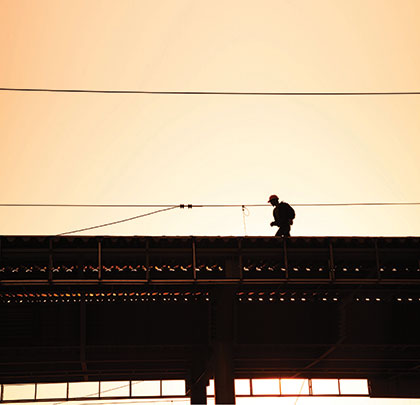As a general proposition, if the owner delays the prime contractor by not performing its contractual obligations, the prime contractor is entitled to relief, including damages for delay or extensions of time. This is actually a rather common situation and most contracts contain clauses and provisions that govern such occasions.
But what happens when the prime contractor delays the performance of its subcontractor?
IMPLIED DUTY
Obviously, subcontractors would prefer to recover damages for delay from the prime contractor in much the same way that the prime contractor can recover from the owner. Most courts that have considered this situation have held that, in the absence of provisions in the subcontract which govern such a situation, there is an implied duty on the prime contractor not to delay or hinder its subcontractor and to perform all of its obligations to enable the subcontractor to perform the obligations of the subcontract.
THREE-PRONG TEST
The courts have set forth a three-pronged test to determine when the subcontractor may recover delay damages or extensions of time:
- The subcontractor must show a breach of contract has occurred. The breach may be an express or implied obligation.
- The subcontractor must prove that a substantial delay resulted from the breach of contract. Here, the subcontractor must establish that the delay was neither anticipated nor in the contemplation of the parties at the time that the contract was created.
- The subcontractor must prove that the prime contractor’s breach of contract damaged it.
The courts have generally concluded that contracts between prime contractors and subcontractors contain implied obligations on the part of the prime contractor to avoid hindering or delaying the subcontractor in any way.
THE TAKE-AWAY
When something is said to be “well established” in the legal world, that means that the majority of the case law supports the proposition stated. I am confident in saying this much: it is a well-established rule that a contractor is entitled to a reasonable opportunity to perform his contract without obstruction or interference and that neither party will do anything that will hinder or delay the other party in performance of the contract. Thus, the take-away is to identify those areas in potential interference in your project and make sure the risk is properly allocated in your contract. ■
About The Author:
Matthew DeVries, construction attorney and LEED AP, is a member of the Construction Service Group of Stites & Harbison, PLLC, as well as the founder of www.bestpracticesconstructionlaw.com. He can be reached at matthew.devries@stites.com.
_________________________________________________________________________
Modern Contractor Solutions, July 2013
Did you enjoy this article?
Subscribe to the FREE Digital Edition of Modern Contractor Solutions magazine.



